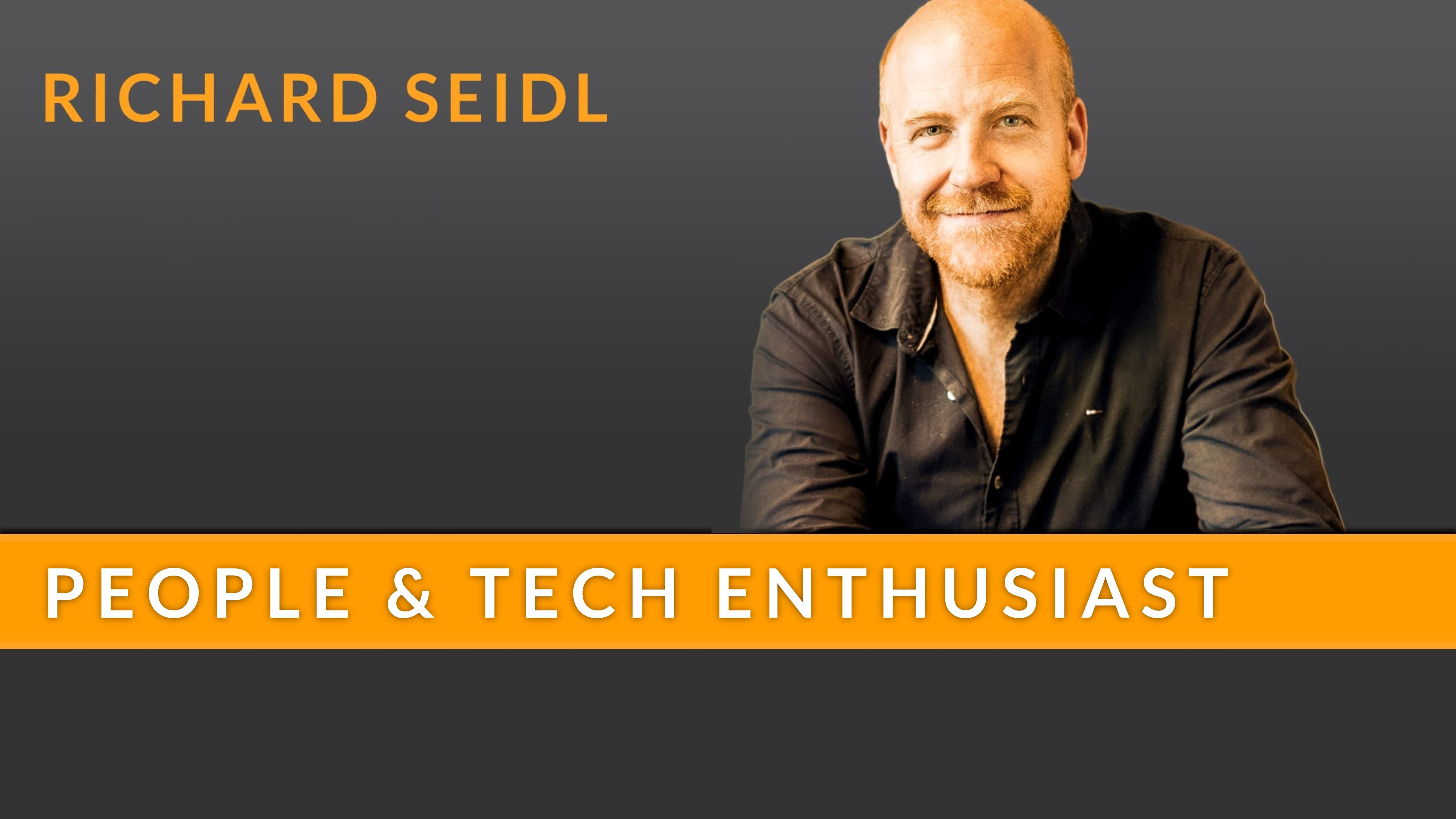1 min read
Digitalization – Deal with it!
Digitalization is not coming - it’s already here! And it’s not going to go away. Sitting it out and burying your head in the sand is pointless. Even...

“A strong foundation is invisible, but it holds everything together.” - Richard Seidl
Today I would like to take a look at the unsung heroes of project work - the processes. Yes, you heard right. Totally boring, right? But without usable processes, every project is like a house of cards. One small bump and everything collapses.
But that doesn’t mean that we need a lot of heavyweight processes. Quite the opposite. I’m not a fan of bloated process models that are simply implemented without brain or reason. Because that leads to things being done without ever evaluating or questioning whether they make sense.
I don’t believe that high process quality means regulating everything down to the smallest detail. Rather, it is about setting the framework in such a way that we can work creatively and efficiently within it. Processes are not there to restrict us, but to give us the freedom to give our best.
And this is where courage comes into play. Because it takes courage to cut off old habits and break new ground. Courage to say: “We’re going to try something different.” To dare to experiment. But also to say: “No, stay like this”. Because constantly redoing and changing everything creates more frustration than enthusiasm. It’s a balancing act.
But how do you arrive at usable processes? This is where the process models come into play again. But instead of simply adopting one, I like to see this variety as a big buffet from which I can take what I like, what suits the team and what helps us to work together effectively. Well, and other things are left on the buffet. Many people intuitively do that. I hardly know any companies that use Scrum, PRINCE2 or the V-model in their pure form. It’s often a mishmash of several models.
The problem is that the specifications are different. This is because complete models are often used as process frameworks for teams and companies, which are then simply not put into practice. It would be much better if the guidelines corresponded to actual practice.
The way to get there is actually simple. We have had a tool for this in our toolbox for many years: the retrospective. I can use it to bring to the surface the needs and ideas of the team that are required for good collaboration and to achieve the outcome. I can find and improve weak points in the processes, remove old ones and create new ones. For an individual process foundation so that the team can perform. Carried out regularly, the process world adapts, becomes more stable, more familiar and forms a good framework for the project.
With this in mind, here’s to a good foundation!

1 min read
Digitalization is not coming - it’s already here! And it’s not going to go away. Sitting it out and burying your head in the sand is pointless. Even...

Who remembers how our grandparents worked? What will our grandchildren learn about our work? Will they want to know how it was still possible to work...

4 min read
“The problem is not the problem. The problem is your attitude about the problem.” - Captain Jack Sparrow Whether in traditional software...